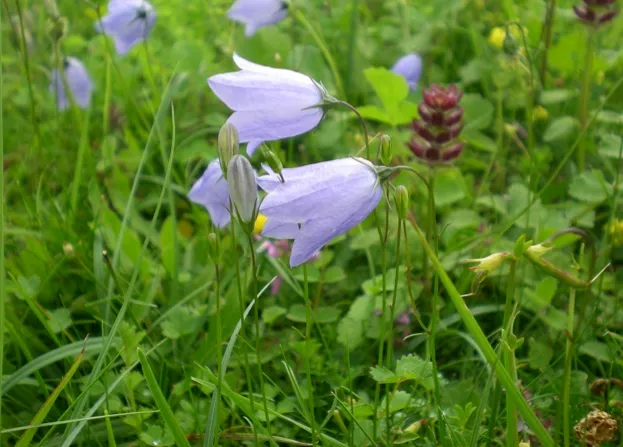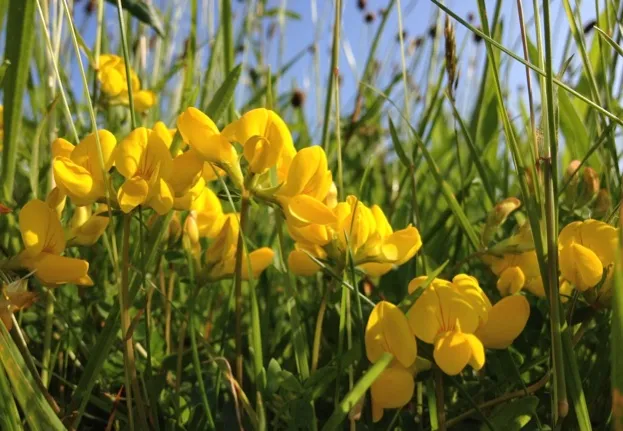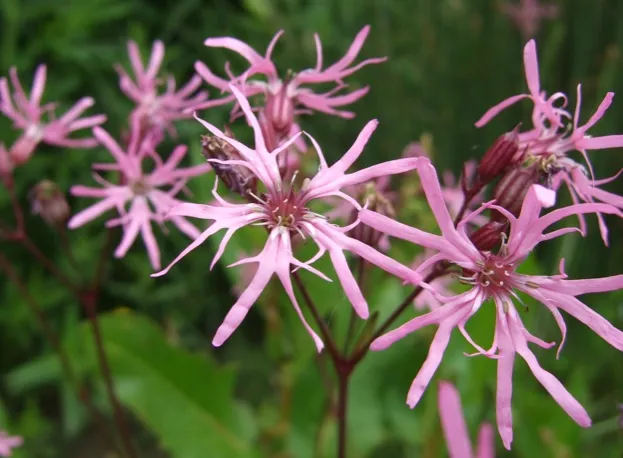The loss of 97 per cent of the UK’s grasslands and wildflower meadows since the 1930s is causing many wildflower species to decline.
Much more than just pretty flowers, meadows are unrivalled havens for wildlife, often home to over 140 species of flowers and rare delights such as the military, monkey and greater butterfly orchids.
“The steady, quiet, and under-reported decline of our meadows is one of the biggest tragedies in the history of UK nature conservation,” says Dr Trevor Dines, botanical specialist at Plantlife, and co-author of The New Atlas of British and Irish Flora.
“There exists a very real threat that we will lose our remaining meadows and the wealth of wildlife they underpin unless we learn to love, cherish and protect them."

Wild plant conservation charity Plantlife, which owns 23 nature reserves around the UK, is monitoring the decline. Plantlife has discovered that many once widespread species – including quaking-grass, crossword, common rockrose, field scabious, hoary plantain, tormentil and devil’s bit scabious – now find themselves on the Near Threatened list in England.
The findings are concerning as many of the plants are a life line for nearly 1,400 pollinators and other insects, including the rare cistus forester moth, the small bloody-nosed beetle and marbled white butterfly.
The beautiful, but very localised, marsh fritillary butterfly feeds almost exclusively on devil’s-bit scabious, so its future in the UK depends on the fate of this plant.

Bird’s-foot trefoil alone is a food source for a staggering 160 species of insects.
Between 2014 and 2017 Plantlife led the Save Our Magnificent Meadows partnership, in conjunction with 10 other organisations including RSPB, Somerset Wildlife Trust and Cotswolds Conservation Board, to successfully restore over 9,000 hectares of meadow and grassland.
Now the partnership has released a Grasslands Action Plan, calling for government support and proper protection and large-scale restoration to save meadows and the myriad benefits they bring, including carbon storage, flood prevention, water purification and crop pollination.

“Given that a fifth of all priority species for conservation action are associated with grassland habitats it is absolutely essential that we get serious about creating and restoring meadowlands,” says Dines.
He adds, “We mustn’t forget the meadows’ special place in our shared social and cultural history, a natural tapestry that is as much a part of our heritage as the works of William Shakespeare and David Hockney.”